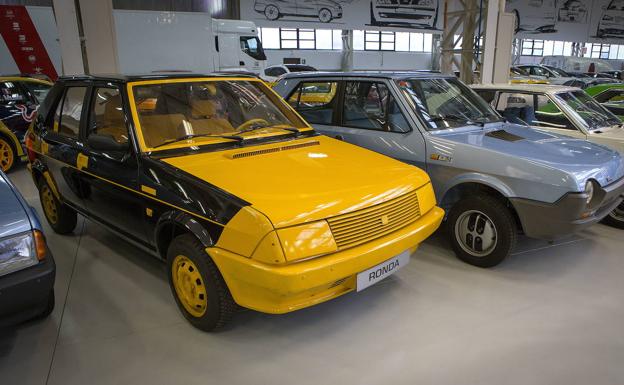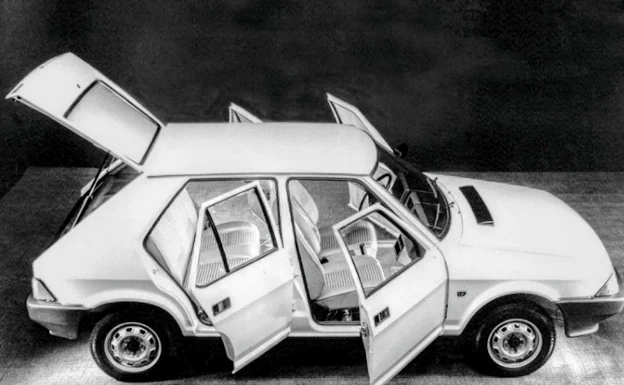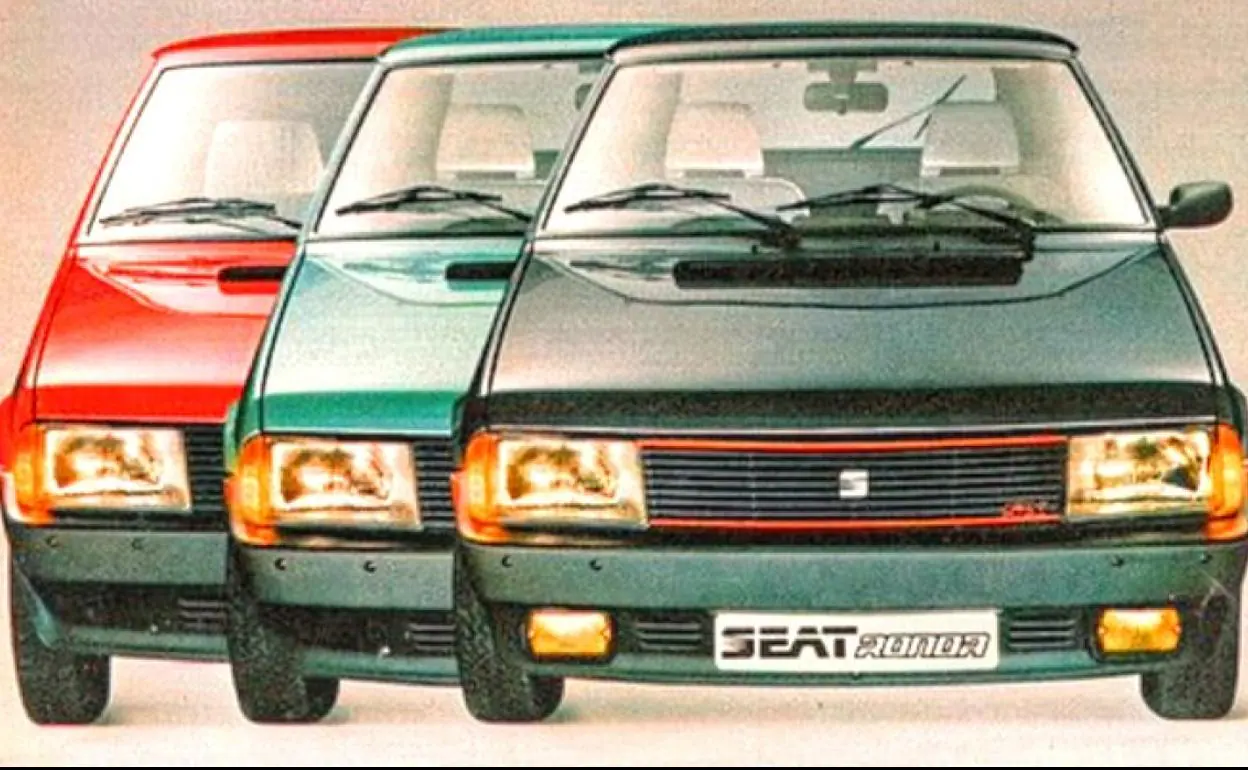Forty years of the Seat Ronda
In 1982, the Ronda had the honour of debuting the new era of Spanish motor manufacturer Seat with the well-known S logo
ALEKK M. SAANDERS
Friday, 23 September 2022, 15:16
Spanish car manufacturer Seat has produced numerous well-known models since it was founded in 1950 as the Sociedad Española de Automóviles de Turismo (Spanish Touring Automobiles Company). This year, however, sees the 40th anniversary of one of its several models named after Spanish towns: the Seat Ronda.
The end of almost 30 years of co-operation between Spain's Seat and Italy's Fiat car manufacturers came about in 1982. According to the agreement, Seat was allowed to design and market cars based on Fiat technology worldwide but with one important condition: a sufficiently differentiated look from Fiat models was required.
Obviously, Seat didn't have either time or enough money to create something totally new or even very distinguishing. From the very beginning, the Spanish company nevertheless decided to develop three new cars, which would be based on the Ritmo platform - the most advanced model in the range of the collaborative production.
For the Ronda, Seat itself was in charge of the interior redesign while well-known car designer Tom Tjaarda was responsible for the exterior. By that time the American designer of Dutch descent had left Fiat's Centro Stile in Turin, and from 1982 started working temporarily for another Italian company - Rayton Fissore.

Seat itself was in charge of the interior redesign while well-known designer Tom Tjaarda was responsible for the Ronda's exterior
Aesthetics was changed for better- newer, coherent and in general much more attractive. Additionally, the Ronda's aerodynamics were improved (the coefficient Cx dropped below 0.38) and thereby allowed lower fuel consumption, compared to the Ritmo.
A debut with consequences
In May 1982 Seat offered the Ronda on sale as an 'independent' (without Fiat involvement) model. At the same time, Fiat presented its new model Nuova Ritmo, another redesign of the Fiat Ritmo made in a similar way to the Ronda. This meant that the new Fiat Nuova Ritmo and the Seat Ronda looked like twins. Such resemblance led to Fiat filing a lawsuit against Seat at the International Chamber of Commerce in Paris in November 1982. The Italians wanted an export ban on the Ronda.

The trial lasted two weeks. To make a decision the court travelled to Barcelona's Seat plant to compare the two cars. According to one of the versions, an enthusiast at Seat prepared the Ronda by painting it black (the Ritmo was painted in typical yellow) and by highlighting distinguishing details. This 'make-up' resulted in the dismissal of Fiat's lawsuit. The Arbitration Chamber of Paris declared that the differences between both cars were significant enough. The dispute over the Ronda being a rebadged Ritmo ended in favour of Seat.

It was also in 1982 that Seat started the tradition of naming its cars after Spanish towns and cities. Among the first three, two of them were from this province - Ronda and Malaga. Eventually, it was the Ronda that got the honour of start the brand's tradition under a new Seat logo - the famous S, which was designed by the famous American company Landor.

It was Ronda that got the honour of starting the brand's tradition under a new Seat logo - the famous S, designed by the American company Landor
In the article The Birth of the Ronda by Pablo Mayo Sanz, the author tells the story of how the launch of the Seat Ronda also sparked a lawsuit from Honda. Apparently, the Japanese manufacturer of automobiles and motorcycles claimed that 'Ronda' sounds similar to 'Honda' in some languages. In the end the lawsuit was settled.
Until 1986, the Ronda was also briefly sold in the United Kingdom as the Seat Malaga hatchback
Ronda survived the courts and experienced limits in exporting but in total, 177,738 Rondas were sold. The Ronda was also briefly sold in the United Kingdom as the Seat Malaga hatchback. 1986 (by which time Seat was part of Volkswagen) saw the end of the Ronda.
The Seat Ronda had been revolutionary for Spanish car manufacturing because it was a first attempt to create a brand with its own personality and style.
